500 g
Showing 351–400 of 521 results
-

Periodic acid
$359.40 Add to cart View Product DetailsPeriodic Acid
-

Phenol, ultra pure
$217.21 Add to cart View Product DetailsPhenol
-

Phenolphthalein, ACS
$139.08 Add to cart View Product DetailsPhenolphtalein, ACS
-

PHENYL ISOTHIOCYANATE
$240.13 Add to cart View Product DetailsPHENYL ISOTHIOCYANATE
-

Phosphotungstic Acid Hydrate
$689.55 Add to cart View Product DetailsPhosphotungstic Acid Hydrate
-

Phytosterols, Practical Grade
$176.08 Add to cart View Product DetailsPhytosterols from soybean. Plant steroid that possesses anticholesteremic properties
-

PIPES
$350.89 Add to cart View Product DetailsPIPES
-

PIPES Free Acid
$331.41 Add to cart View Product DetailsPipes
-

PIPES, molecular biology reagent, ≥99%
$380.18 Add to cart View Product DetailsPipes
-
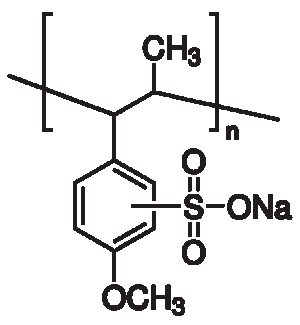
Polyanetholesulfonic acid, sodium salt
$3,738.02 Add to cart View Product DetailsPolyanetholesulfonic Acid Sodium Salt
3,250.45 -

Polyethylene glycol
$65.03 Add to cart View Product DetailsPolyethylene Glycol
-

Polyethylene glycol
$63.91 Add to cart View Product DetailsPolyethylene Glycol
-

Polyethylene glycol
$54.57 Add to cart View Product DetailsPolyethylene Glycol
-

Polygalacturonic acid, >86%
$1,172.70 Add to cart View Product DetailsPolygalacturonic Acid
1,019.74 -
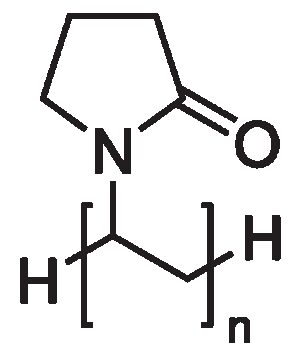
Polyvinylpyrrolidone
$159.83 Add to cart View Product DetailsPolyvinylpyrrolidone
-

Polyvinylpyrrolidone K30
$260.07 Add to cart View Product DetailsPolyvinylpyrrolidone K30
-

Potassium acetate
$106.65 Add to cart View Product DetailsPotassium Acetate
-
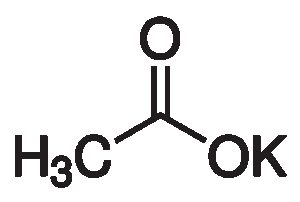
Potassium Acetate, molecular biology reagent
$74.44 Add to cart View Product DetailsPotassium Acetate
-
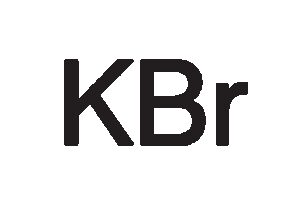
Potassium bromide
$86.88 Add to cart View Product DetailsPotassium Bromide
-
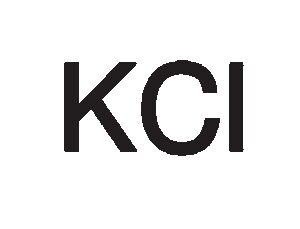
Potassium Chloride
$51.31 Add to cart View Product DetailsPotassium Chloride
-

Potassium Chloride, ACS
$58.28 Add to cart View Product DetailsPotassium Chloride
-
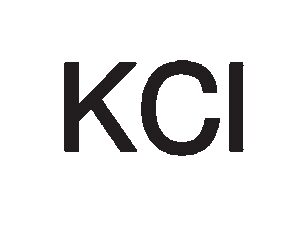
Potassium chloride, molecular biology reagent, ≥99%
$40.95 Add to cart View Product DetailsPotassium Chloride
-
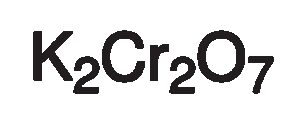
Potassium dichromate
$54.17 Add to cart View Product DetailsPotassium Dichromate
-

Potassium ferricyanide
$129.12 Add to cart View Product DetailsPotassium Ferricyanide
-

Potassium ferrocyanide, trihydrate
$106.70 Add to cart View Product DetailsPotassium Ferrocyanide Trihydrate
-

Potassium hydrogen sulfate
$139.97 Add to cart View Product DetailsPotassium hydrogen sulfate
-

Potassium Iodide
$146.35 Add to cart View Product DetailsPotassium Iodide
-

Potassium Iodide, ACS
$226.49 Add to cart View Product DetailsPotassium Iodide
-

Potassium nitrate
$88.30 Add to cart View Product DetailsPotassium Nitrate
-

Potassium phosphate, dibasic
$136.41 Add to cart View Product DetailsPotassium Phosphate Dibasic
-

Potassium phosphate, dibasic
$102.21 Add to cart View Product DetailsPotassium phosphate is a reagent with high buffering capacity. It occurs in several forms: monobasic, dibasic and tribasic. Most pH neutral potassium phosphate buffer solutions consist of mixtures of the monobasic and dibasic forms to varying degrees, depending on the desired pH.
-
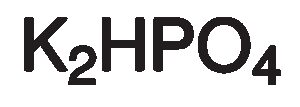
Potassium phosphate, dibasic
$136.41 Add to cart View Product DetailsPotassium Phosphate Dibasic
-

Potassium phosphate, dibasic, trihydrate
$84.44 Add to cart View Product DetailsPotassium Phosphate Dibasic Trihydrate
-

Potassium phosphate, dibasic, trihydrate
$122.82 Add to cart View Product DetailsPotassium Phosphate Dibasic Trihydrate
-

Potassium phosphate, monobasic
$124.89 Add to cart View Product DetailsPotassium phosphate is a reagent with high buffering capacity. It occurs in several forms: monobasic, dibasic, and tribasic (K3PO4). Most pH neutral potassium phosphate buffer solutions consist of mixtures of the monobasic and dibasic forms to varying degrees, depending on the desired pH.
-

Potassium phosphate, monobasic
$64.63 Add to cart View Product DetailsPotassium Phosphate Monobasic
-

Potassium phosphate, monobasic
$103.86 Add to cart View Product DetailsPotassium Phosphate Monobasic
-

Potassium Sodium Tartrate Tetrahydrate, ACS Grade
$94.83 Add to cart View Product DetailsPotassium Sodium Tartrate, Tetrahydrate
-

Potassium Sulfate Anhydrous, ACS
$94.83 Add to cart View Product DetailsPotassium Sulfate
-

Potassium Thiocyanate, ACS
$171.68 Add to cart View Product DetailsPotassium Thiocyanate, ACS
-
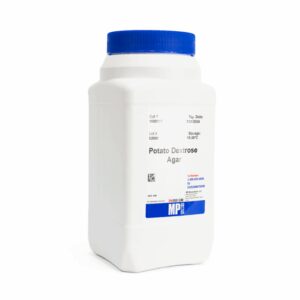
Potato Dextrose Agar
$143.27 Add to cart View Product DetailsSuited for the cultivation of yeasts and molds from dairy products and other foods. It may also be used to induce sporulation in many fungi.
-
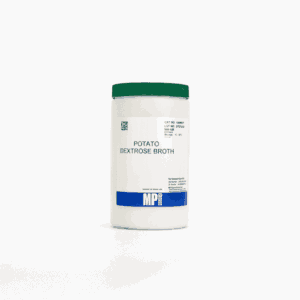
Potato dextrose broth
$162.33 Add to cart View Product DetailsPotato Dextrose Broth is used for the isolation, enumeration and identification of yeast and molds.
-

PPO, Scintillation Grade
$811.75 Add to cart View Product Details(2,5-Diphenyloxazole) scintillation grade, maximum fluorescence 3,800.
-

Probenecid
$1,118.69 Add to cart View Product DetailsProbenecid
-

Propylene carbonate
$67.75 Add to cart View Product DetailsPropylene carbonate
-

Pseudomonas agar F
$189.75 Add to cart View Product DetailsUsed with glycerol (cat. no. 1004417) for the isolation, cultivation and differentiation of Pseudomonas aeruginosa on the basis of phycocyanin (pigment) production.
-

Pyrazole
$718.36 Add to cart View Product DetailsPyrazole
-
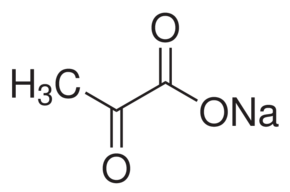
Pyruvic acid, sodium salt
$678.68 Add to cart View Product DetailsPyruvic Acid, Sodium Salt
-

Pyruvic acid, sodium salt
$696.64 Add to cart View Product DetailsPyruvic Acid Sodium Salt
-

Reactive Yellow 86
$246.01 Add to cart View Product DetailsReactive Yellow 86






